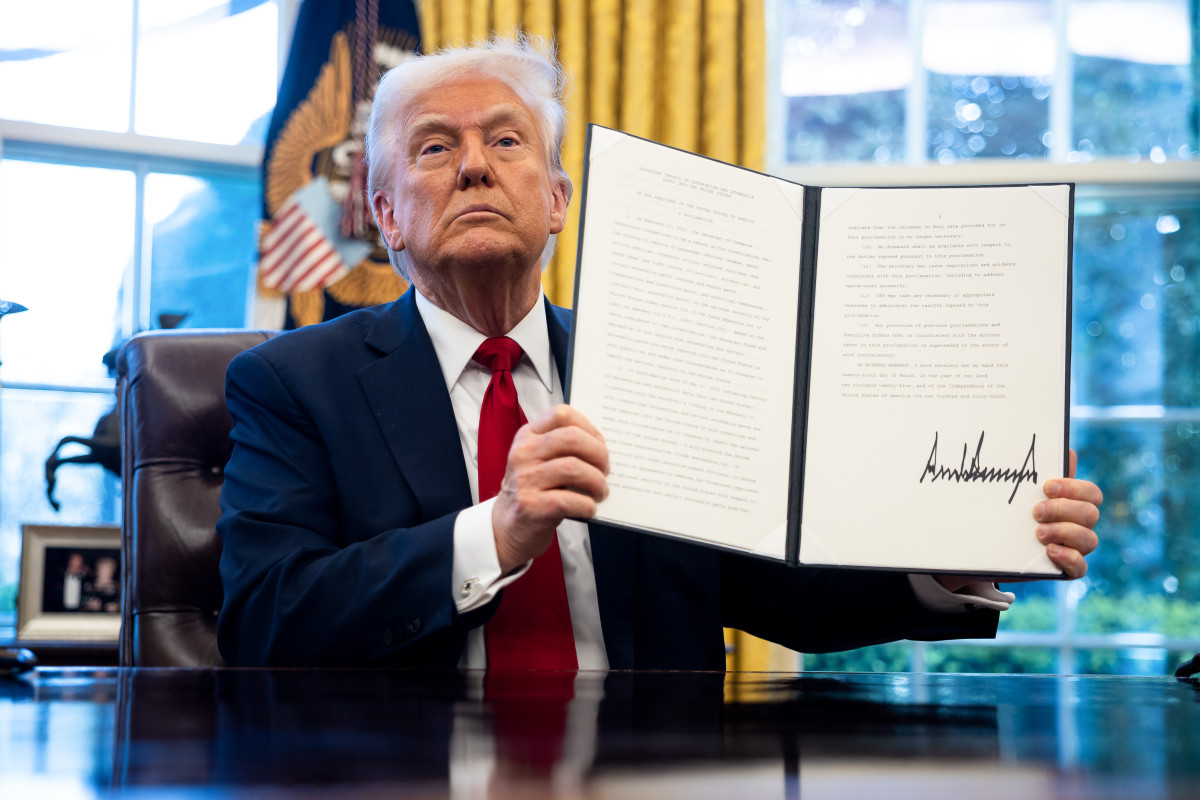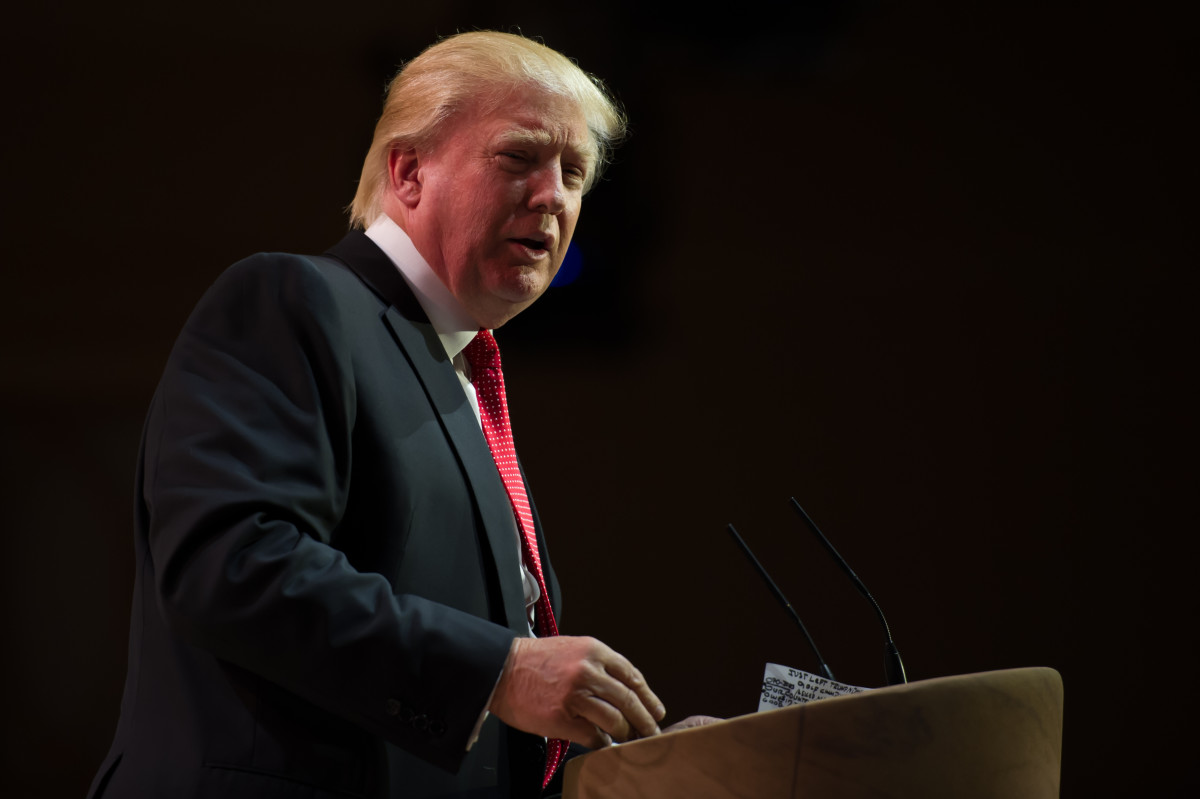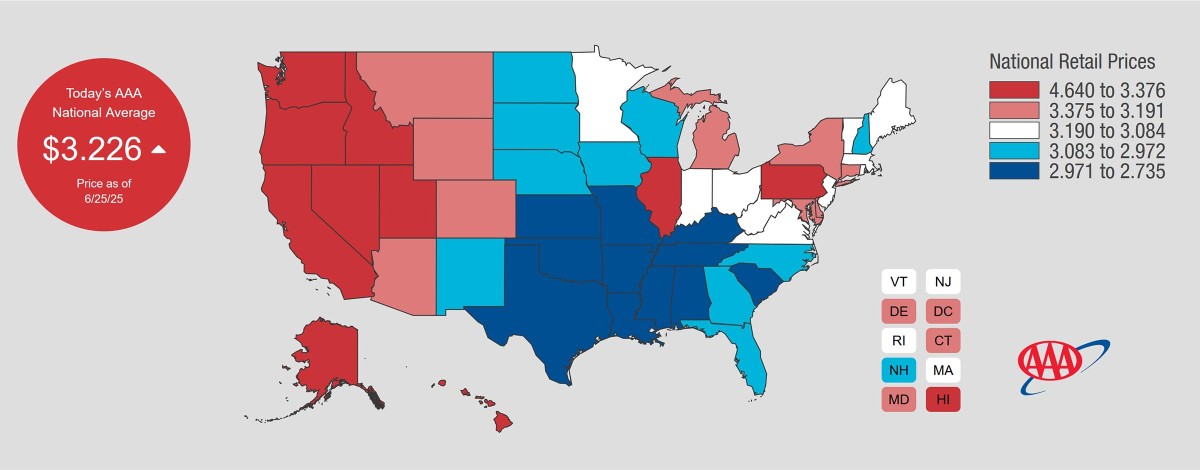A Global Chokepoint
The ceasefire between Israel and Iran announced by President Donald Trump on Monday lasted only hours before both sides were accused of violations. While Trump demanded the two sides not “drop those bombs” on his social media site, Truth, the latest development raised new worries that things actually could get worse, potentially triggering the sort of global energy crisis last seen in the 1970s.

Getty
For their part, Iran’s leaders have vowed to retaliate against not only Israel but the United States after the president approved a massive bombing raid on three Iranian nuclear sites on Saturday. The big concern: an Iranian threat to shut down the vital Strait of Hormuz. Just 104 miles long and as little as 24 miles wide, it links the Persian Gulf to the Gulf of Oman and is a chokepoint through which about 20% of the world’s petroleum passes through.
The Backstory
The latest crisis was touched off by Israel’s attack on Iran last week, targeting the capital city of Tehran and other locations linked to that country’s ongoing nuclear program. While the U.S. national security chief, Tulsi Gabbard, recently said she didn’t see signs Iran was developing nuclear weapons, that position was dismissed by Trump who approved a bombing raid on Saturday combining submarine-launched cruise missiles, as well as 30,000-pound bunker-buster bombs dropped by B-2 Spirit bombers.

The Persian state quickly retaliated, lobbing ballistic missiles at the large U.S. military base in Qatar. Iranian State TV declared the move “a mighty and successful response by the armed forces of Iran to America’s aggression.” Qatar’s air defense system reportedly knocked down all the rockets, with no injuries reported. But the fact that the ceasefire announced by Trump was quickly ignored raises concerns of future retaliation, including Iranian threats to close the Strait of Hormuz.
Memories of the Past
The battle between Iran and Israel – and, now, the involvement of the U.S. – adds to already existing turmoil in the Middle East, including Houthi rebels lobbing rockets at commercial shipping in the Red Sea and the ongoing war between Israel and Hamas in Gaza.
Bloomberg/Getty Images
For many observers, it brings back memories of the twin oil shocks of the 1970s when a large portion of the oil supply fueling the United States was choked off. Gas prices quickly doubled and tripled and millions of motorists were left waiting in long lines, often discovering that filling stations had run out. A repeat of that experience is a “key worry for the market,” Ewa Manthey, commodities strategist at ING Financial Service, said during an interview on Fox News. At worst, it could create shortages and lead to gas prices in the U.S. surging to $4.50 a gallon or more.
Riding the Rollercoaster
Crude oil prices have been rising since early May, according to tracking service TrackingEconomics.com, fueled largely by mounting tensions in the Mideast. The numbers peaked in the hours leading up to the U.S. bombing raid on Iran – various benchmarks, such as Brent and West Texas approaching $75 a barrel.
Getty
The figures have fallen since then, traders hoping the U.S. can help broker a peace deal. But it’s clear Trump himself is worried, the president on Tuesday morning declaring on his social media site, “All planes will turn around and head home, while doing a friendly ‘Plane Wave’ to Iran. Nobody will be hurt, the Ceasefire is in effect! Thank you for your attention to this matter!”
How High is Up
U.S. gas prices had been relatively stable this year, but began surging last week. As of Wednesday morning, AAA reported, they’ve reached $3.226 for a gallon of self-service regular, up more than $0.08.

For his part, Patrick De Haan, the head of petroleum analysis at GasBuddy.com, expects more pain at the pump. “For now, motorists should anticipate a continued steady climb in prices.” In turn, commodities strategist Manthey warned $120 a barrel, even $150, is not out of the question should oil supplies be disrupted by Iran. That could push gas prices to $4.50 a gallon in the U.S., and possibly even higher. There is always the question of whether other supplies from the Mideast could be disrupted should the shooting match between Iran, Israel and the U.S. spread. And while that currently seems unlikely, observers warned that yet could create a ‘70s-era scenario.